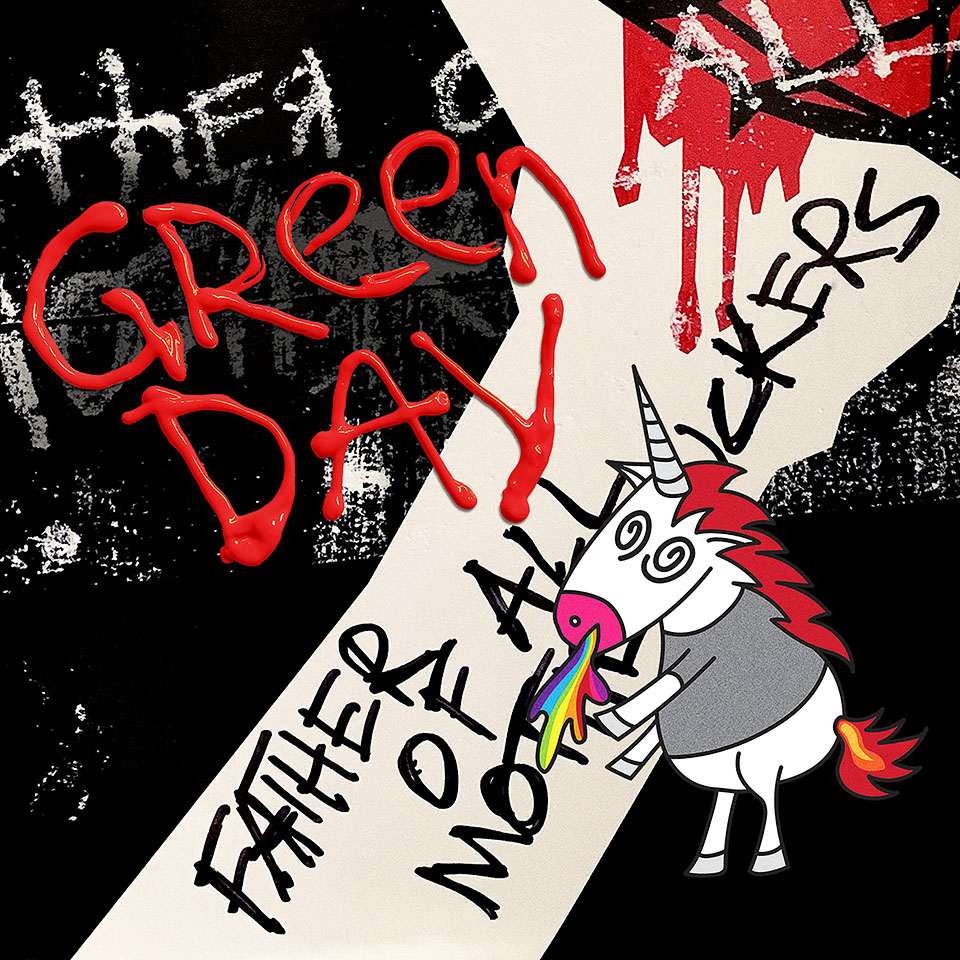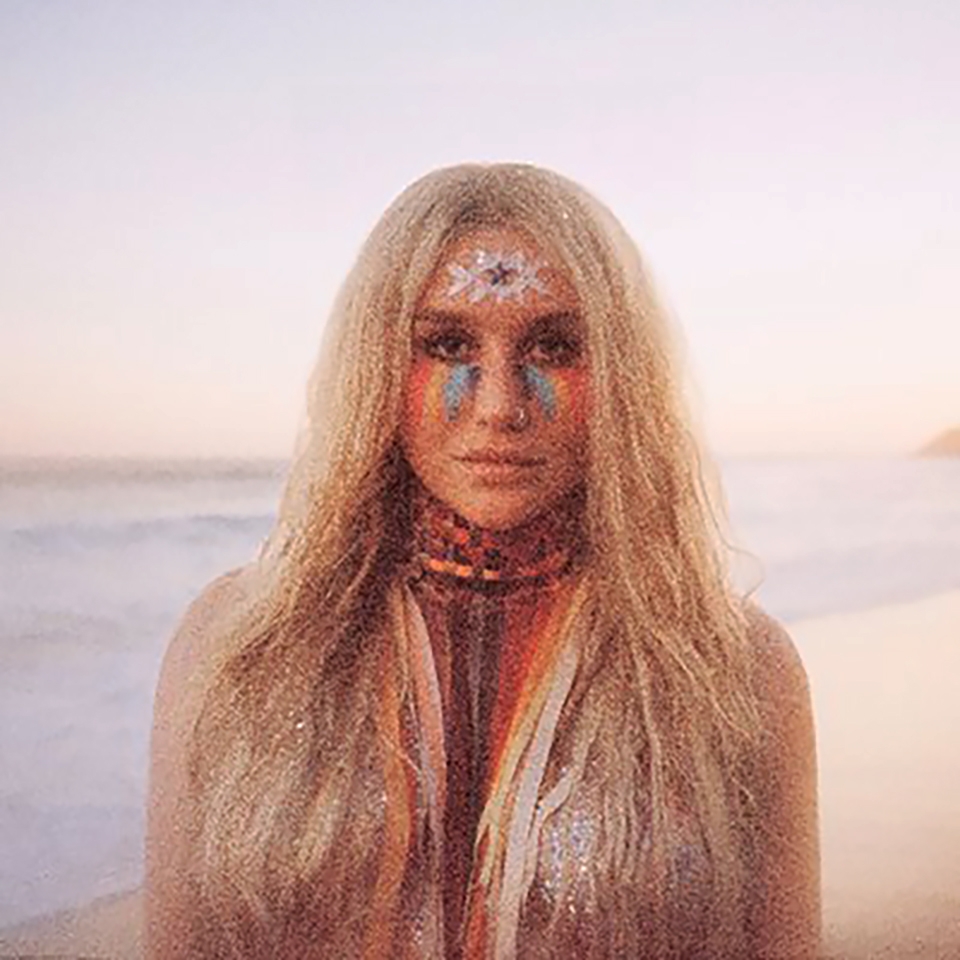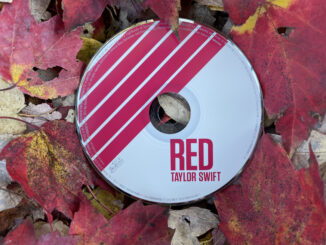Sean Armstrong | Staff Writer
09/27/18
Lupe Fiasco’s newest album, DROGAS WAVE, is a meditation on the need for pan-Africanism, or as Encylopedia Britanicca defines it, “the idea that peoples of African descent have common interests and should be unified.” This album is a crash course on the ideology of uniting Africans in their sameness under one common goal, popularized by Haile Selassie during his reign over Ethiopia.
This album is not for those who shy away from serious topics. The first track, “In The Event of Typhoon,” recites the accompanying text from a painting entitled “The Slave Ship,” which depicts a blood-red sun with violent waves crashing into each other, and hands reaching out of the water to signify many people drowning.
From this point on, it is easiest to think of the album as a well-structured essay that has four parts: A “how did we get here” section at the beginning; an early-middle introducing the overall topic; a late-middle discussing how African culture is crucial to social involvement; and a conclusion that sums up why the main idea is vital to the world we live in.
In this first section of Lupe’s creation, “Manila” begins the explanation behind how the slave trade developed and how manila, a type of bracelet made in West Africa, led to many Africans going to the West Indies and Americas after their original usefulness to Europeans was exhausted.
This explanation of the exploitation of Africans opens up the discussion on why pan-Africanism is a popular idea in countless communities throughout the world, both Western and African in location.
It isn’t long until the “Slave Ship – Interlude” concludes this introductory phase of the album with a somber string orchestra performance, signaling the impending fate of those that survived the journey to their new “home” in the Americas.
“WAV Files” details how those who didn’t drown on the way to their new hostile homeland retained some semblance of Africanism despite various forms of oppression. Still, the section on why pan-Africanism is important isn’t genuinely evoked until the song “Haile Selassie.”
This song, dedicated to the figure that transfixes much of the reggae genre, weaves quotes from Selassie himself with verses from Lupe to create an experience in which the rapper applies concepts of pan-African philosophy to modern life.
The “Helter Skelter – Interlude” ends the early-middle section of this project, and signals the impending problem that many oppressed peoples agree is a potential reality if their rights are not secured: Violence.
The late-middle section of this album is less about pan-Africanism, and more about drug addiction, which according to The Substance Abuse and Mental Health Services Administration (SAMHSA) affects 12.4 percent of African-Americans compared to a national average of 10.2.
It isn’t until the “Don’t Mess up the Children – Interlude” that this part of the album connects to the overall thesis of this album: Why is there a need for pan-Africanism?
On this track, Lupe discusses how Western societies tend to break apart African-American communities and make it so that children in these societies cannot learn cultural values such as respect. Without a proper understanding of such a basic communal value, it can be difficult for children to grow up to be fully-functional members of society.
This, in turn, relates back to the prevailing subject matter of this section: Drug addiction. When people can’t fit into the norm, then unfortunate things can happen when they feel alienated. That is why the concluding section is key to Lupe’s thesis, through explaining how to overcome stigmatization.
During this final phase of this album, the “Baba Kwesi (interlude)” is the first time overcoming stigmatization is addressed. The need to not let society push down anyone’s identity, the way one expresses their individuality and the value of heritage are the core themes behind this interlude. However, the underlying reasoning for why pan-Africanism begins to surface here and Lupe’s original argument about Africanism turns into a more extensive discussion about a right to identify with your culture and heritage — a point that affects everyone, everywhere.
Then the album closes out with “Mural Jr.” a song that has a gospel choir in the background while Lupe talks about the importance of thinking for yourself. Lines like “In a war, where your performance score is your salary/It’s like fantasies combating your mortality/I’m just trying to restore sanities/Sigmund Freud boy, Leroy to your vanity” further prove that underlying meaning.
The entire point of this album appears to be pan-Africanism from the get-go, but reveals itself to be a broader argument for a right to belong and express oneself as they see fit. While I must admit that at times the focus for this album appeared to be waning, by the end of the record it feels as though the songs worked to prove the underlying point in a way that creates empathy for everyone regardless of race, creed or heritage.
This album was one of the more original works of 2018, and with only a little over three months left to the year, it may just be the most creative.




